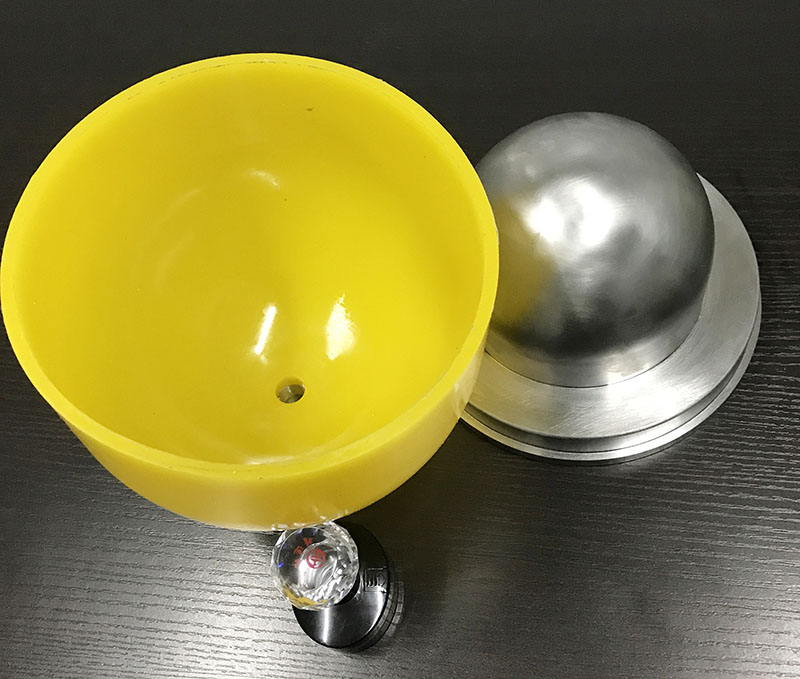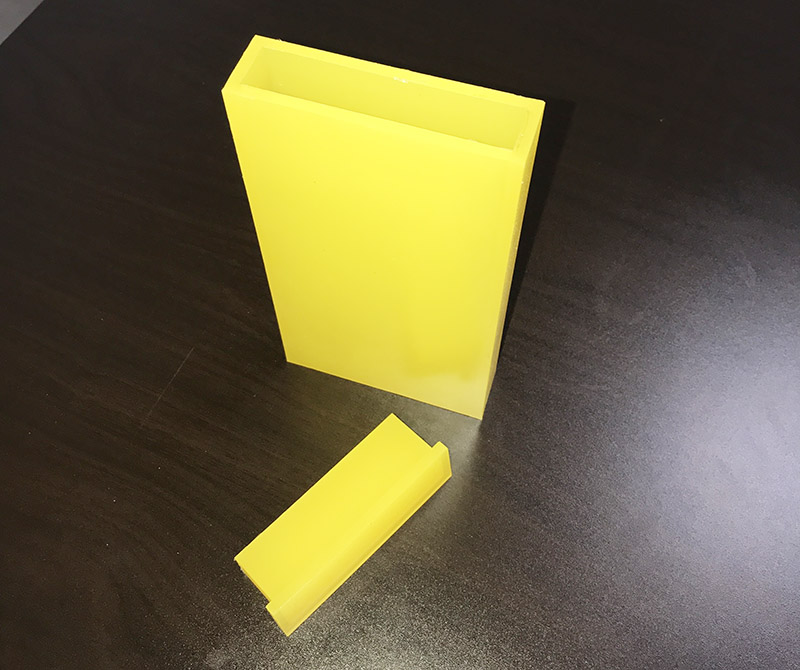

Powder metallurgy Process
I. Powder metallurgy - introduction
Powder metallurgy involves powders for manufacturing metal parts.

II. Powder metallurgy comprises the following general stages:
1. Powder preparation;
2. Pressing (compacting) to obtain the desired shape;
3. Sintering the pressed parts.
4. Powder metallurgy allows reducing machining operation due to forming parts with minimum tolerances.
5. Powder metallurgy permits manufacture of materials, which can not be produced any other technologies: refractory materials, hard materials, wear resistant materials, permanent magnets, porous metals, mixtures of dissimilar metals, possessing different melting points or insoluble in liquid state, various combinations of mixtures of metals with non-metals.

III. Powder metallurgy is used in the following industries:
1. automotive (brake pads, gear parts, connecting rods, planetary carriers, sintered engine bearings);
2. aerospace (light weight aluminum base structural materials, high temperature composite materials);
3. cutting tools (hardmetals, diamond containing materials);
4. medicine (dental implants, surgical instruments);
5. abrasives (grinding and polishing wheels and discs);
6. electrical, electronic and computer parts (permanent magnets, electrical contacts).










